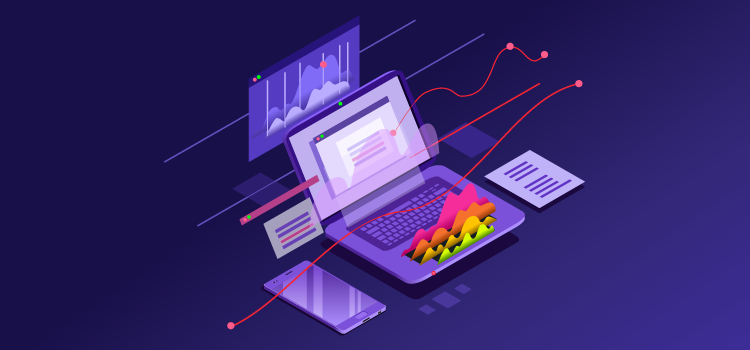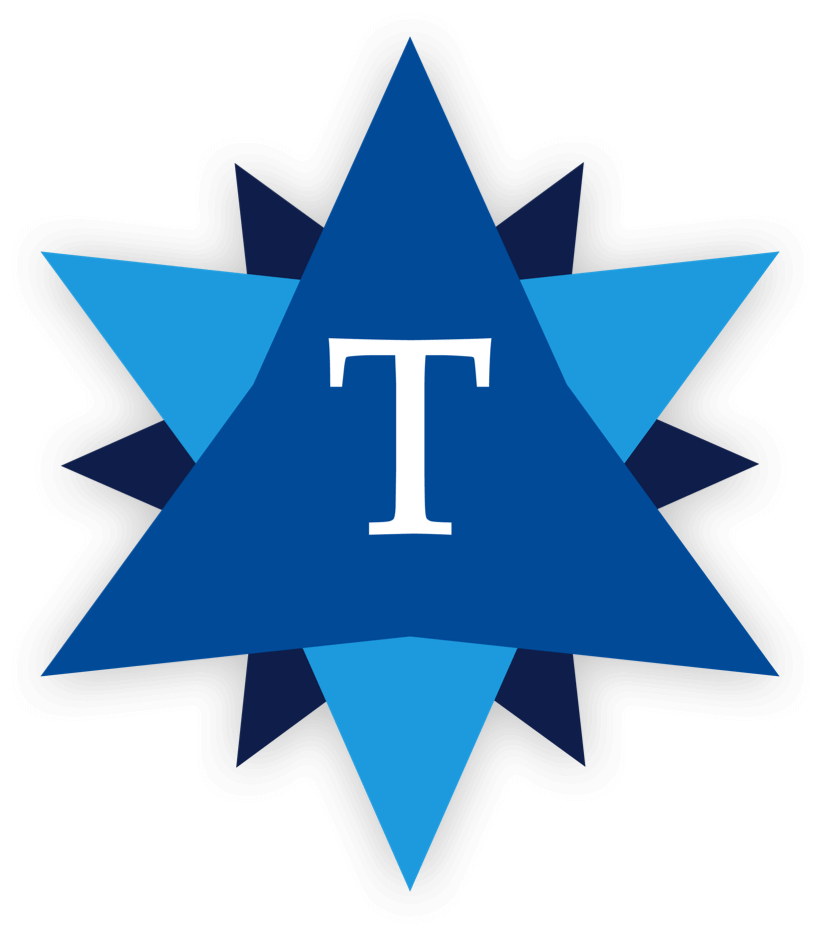The Coming Convergence of Campus Data Brings Educational Intelligence
Guest Author

As higher education institutions increasingly seek the data needed to support student success and demonstrate institutional effectiveness, they are turning to purpose-built software focused on particular areas of concern, such as assessment and curriculum management. Each of these software systems answers a specific set of questions or operationalizes specific processes, and many do these things well. But there are unanticipated consequences to using these point solutions.
First, campus data becomes siloed within each piece of software, making it difficult to gain big-picture insights. Second, asking faculty, administrators, and other campus stakeholders to use an ever-growing number of disparate point solutions can lead to steep learning curves and incur the cost of task-switching—shifting attention from system to system. Finally, faculty and administrators are left to cobble together data from multiple systems for analysis, requiring help from IT or data professionals—a resource-intensive endeavor.
The new challenge for institutions is bringing data from different systems together within a unified solution to make capturing and reporting data easier for all stakeholders, thereby informing decision-making and driving changes that improve student outcomes.
How Institutions Experience Data Silos
In June 2018 EdTech reported that 61 percent of institutions had “some form of analytics-driven initiative in place.” As data technology has become embedded
Consider the current experience of a college dean who continues to carry a teaching load, coordinates her department’s reporting, and serves on several cross-departmental committees. She is responsible for inputting her teaching, research, and service into a reporting database, analyzing course evaluations, coordinating assessment, and participating in curriculum and faculty review processes. These tasks occur in separate systems, each with its own distinct workflow and notification system. As a result, the dean spends hours managing each process while juggling the demands of teaching, mentorship, and administration.
Administrators at the Georgia Institute of Technology recently published an article on the critical importance of interoperability: “As professionals in the broader academic technology space, we feel platform fatigue due to the many technology players and their offerings. Secretly (or openly), we wish for a day of platform convergence…. We reiterate and remind the importance of interoperability to our technology providers and ask them to prioritize this over adding new features and functionalities to their platforms.”
The authors emphasize the need for convergence to streamline user experience; to ease data extraction, ingestion, and analysis; and to simplify support services.
Fortunately, a new software category is emerging—the educational intelligence system (EIS)—which promises to bring campus data together for greater insights.
Defining Educational Intelligence
What
is an educational intelligence system? You’re familiar with learning management
systems (LMS) and student information systems, each providing essential insight
into a specific area of your institution. In 2015, Eduventures defined
educational intelligence as “leveraging data at multiple points across the
student lifecycle to make intelligent decisions to positively impact student
outcomes.” An EIS brings together the full range of data from your LMS, SIS,
and HR system, as well as software addressing specific needs, such as
assessment and course evaluation, and provides the most complete view of your
institution, showing how your work contributes to student outcomes.

With such a common-sense purpose, why isn’t EIS already common?
It’s hard to remember, but LMS software emerged in 1990, evolving from point solutions for gradebooks and file sharing; SIS came into common use a decade later. Together, they have paved the way for EIS, which captures a much wider swath of data in support of broader goals than those served by LMS and SIS, such as improving student success and informing decision-making. Though in its early stages, EIS is gaining traction, and there’s a clear path toward realizing the concept as articulated by Eduventures.
By bringing together data from assessment, faculty activity reporting, curriculum and catalog management, course evaluation, and more, EIS will virtually eliminate redundancy and provide a unified source of data that institutions can use to inform decision-making and improve learning outcomes. Institutions looking to gain the advantages of an EIS should begin planning their transition from point solutions.
Moving Your Institution Toward Educational Intelligence
Centralizing and integrating campus data is no small undertaking, but pivotal early steps are underway in higher ed technology. To ensure that your campus can achieve what’s possible with educational intelligence, inventory the systems already in use on your campus, then look for key areas of convergence among software solutions, such as data integration and reporting, and a more seamless user experience.
Campus Technology recently reported on the University of Denver’s use of integrated solutions. With integrated course evaluation and faculty activity reporting solutions, “We now have the ability to centralize and integrate our course evaluation, faculty activity reporting, accreditation tracking, and data collection processes,” said Linda Kosten, Senior Associate Provost, Academic Administration. “[We now have] better abilities to leverage our data across processes so that we can make informed decisions that will improve both student and institutional outcomes.”
In addition, Embry Riddle Aeronautical University’s Offices of Academic Assessment and Institutional Research now use course evaluation data to assess learning outcomes. Feedback flows to instructors for courses they teach and to administration for courses they oversee, and indirect measures of assessment are gathered for each program outcome tied to a course. Student responses are tied back to assessment and captured in a single database to inform a range of institutional processes, including program review, faculty review, and accreditation reporting.
These point-to-point integrations are leading the way to educational intelligence platforms in which multiple solutions share a common data structure that allows for deeper inquiry.
Similarly, easier and friendlier user experiences are now emerging. Unified sign-in and navigation reduce task switching for users and pave the way for streamlined interfaces, so moving between tasks feels seamless, just as it does in the Google suite. Key benefits include increasing participation and engagement with the systems.
Again consider our college dean. Imagine that she logs into a unified system that streamlines workflow and surfaces meaningful insights. She sees a dashboard with summary information relevant to her role, including snapshots of the students she advises, progress reports and tasks for the committees she serves on, key statistics about her program, and progress toward her own professional goals. Instead of spending time navigating disparate software systems, aligning data and reports, she’s able to find the insights she needs to be an effective leader. That is the value of an integrated EIS system.
The Vision for Educational Intelligence
A fully realized educational intelligence platform empowers institutions to gain insight into questions such as, “Are our students demonstrating the learning outcomes that we articulate in our course catalog for degree programs and general education?”; “How are our academic departments performing on the tenets of our institutional mission?”; and “Can we demonstrate our faculty’s influence on student success and retention?” By putting better data, richer detail, and deeper insights into the hands of administrators, faculty, and students, institutions gain a more comprehensive picture of effectiveness, better inform decision-making, and drive meaningful improvements that move the needle on student outcomes.
Categories
Share Article:

Other Posts From this Author:
The views and opinions expressed in this article are those of the author and do not necessarily reflect the official policy or position of the Tambellini Group. To become a Top of Mind guest author, please contact us.
© Copyright 2025, The Tambellini Group. All Rights Reserved.